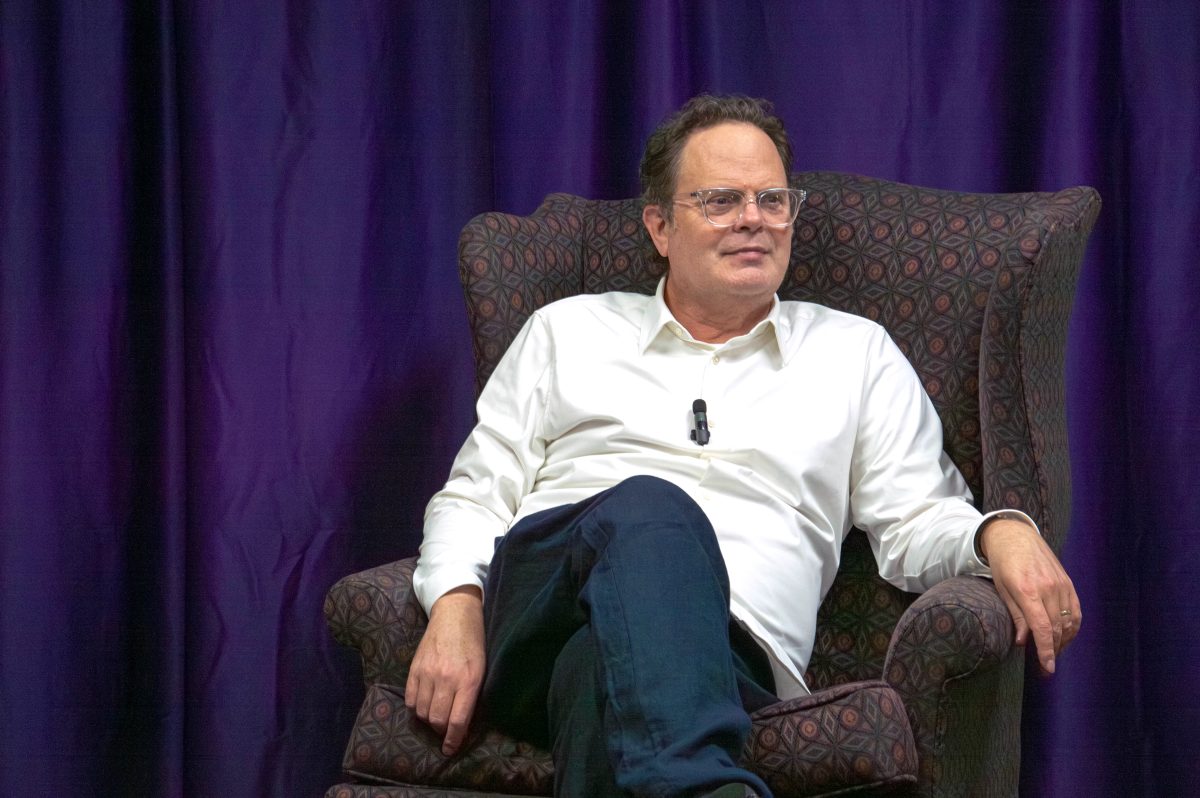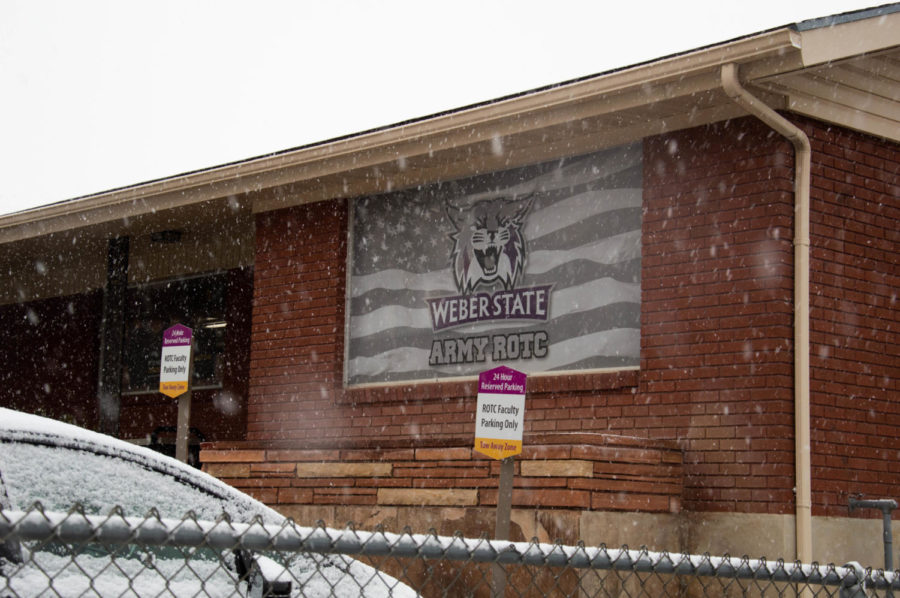
One of Brigham City’s oldest historic buildings, the Baron Woolen Mill was destroyed in a fire Sunday.
The fire started around 9 p.m. Fire departments from neighboring Tremonton, Willard, Corrine and Honeyville assisted the Brigham City Fire Department in extinguishing the blaze, according to Brigham City spokesman Rick Bosworth.
The fire was extinguished one hour later, said Bosworth, though not before the mill and an adjacent tin building had been damaged beyond repair.
The state fire marshal’s office investigated the fire Monday but found no apparent cause for the blaze. According to Bosworth, local police are still investigating the incident but have not yet determined how the fire started.
The mill was one of the last of Brigham City’s historic sites that survived into the 21st century, according to Kaia Landon, director of the Brigham City Museum. Many local residents have fond memories of the mills she added, which mainly produced wool blankets.
“Even when I was a kid I remember my mom was so excited about stuff that came from Baron Woolen Mills,” said Landon. “I lived down in Salt Lake.”

Landon said the reaction from the community has been sadness at the loss of another historical site.
“We’ve had a lot of struggles with maintaining our historic buildings in recent years,” said Landon, saying that many locals view the fire as another tragedy of historic preservation. “It’s a big loss,” she added.
A major part of the original cooperative enterprise founded in the late 19th century by Utah Territorial Council Representative Lorenzo Snow, the mill began producing cloth and blankets in the spring of 1871.
The effort on the part of the Church of Jesus Christ of Latter-day Saints was to help build self-sustaining industry in local communities, according to Landon.
“They could all work together to build the kingdom of Zion, and all be productively involved,” said Landon. “They had a woolen mill, they had a saddle shop, they had a broom maker. They were really trying to use all the resources they could within that system.”
Eventually the cooperative enterprise began to fall apart in the late 1870s. The mill continued production under a former employee, James Baron, as a private business.
James eventually abandoned the mill in 1889 but his son Thomas returned to rebuild the mill and began operating it again in 1923. The family business continued until 1988 when it was sold.
Dale Baron, the owner of the mill from the end of World War II until 1988, still lives down the street from the factory so he got a front row seat to the blaze. A neighbor called to him Sunday night when he was on the front porch telling him his factory was on fire.

“I looked down the street and it was (on fire)!” said Baron.
Baron said the mill employed about 25 locals year-round under his leadership. He did some business through a barter system, where the local sheep herders would trade their wool for blankets or clothing.
“We sold to motels, hotels and department stores,” said Baron. “We produced about 30,000 blankets a year in that little mill.”
This wasn’t the first fire the mill has sustained over the years. Baron Woolen Mill caught fire in 1877, 1907 and 1948.
Baron remembered the fire in 1948. “We burned half the top of it off,” he said, adding they were able to salvage enough of the machinery to rebuild.
He noted that mill fires weren’t uncommon during that period due to the nature of the industry.
The Sunday fire brought back memories of the 1948 fire, though Baron added, “This one was a lot bigger. This destroyed everything.”













